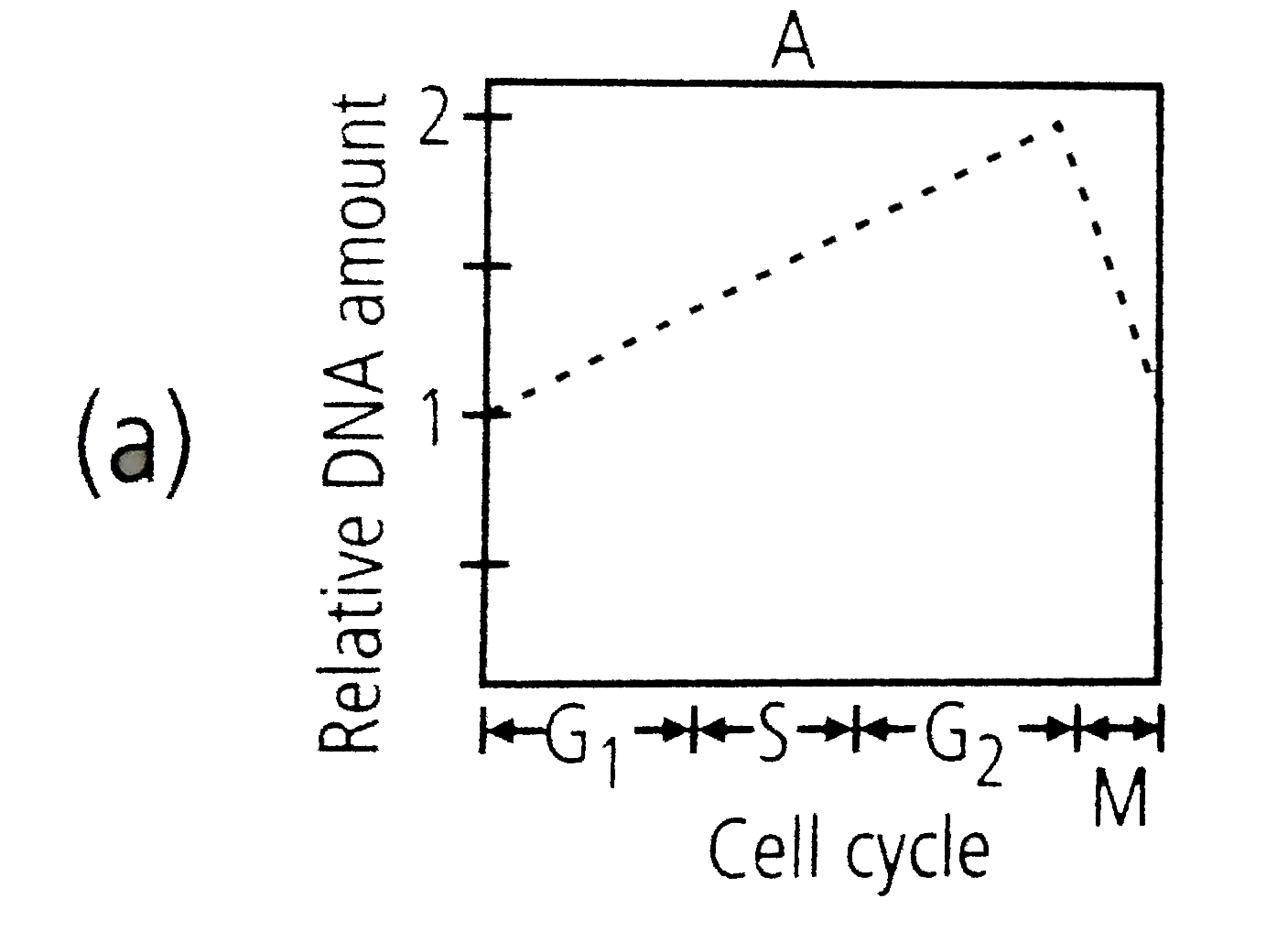The mitochondrial DNA differs from the nuclear DNA in
Having association with histones
Being circular in nature
Having higher C-G ratio
All of these
The correct Answer is:B
To answer the question "The mitochondrial DNA differs from the nuclear DNA in," we will analyze the given options step by step.
1. Understanding Mitochondrial DNA (mtDNA) and Nuclear DNA (nDNA):
- Mitochondrial DNA is the genetic material found in mitochondria, while nuclear DNA is located within the nucleus of eukaryotic cells.
2. Option 1: Association with Histones:
- Histones are proteins that help package and organize DNA in the nucleus. Nuclear DNA is associated with histones, forming a structure called chromatin.
- In contrast, mitochondrial DNA does not associate with histones. Instead, it is packaged with different proteins that are not histones.
- Conclusion: This option is incorrect.
3. Option 2: Being Circular in Nature:
- Mitochondrial DNA is circular in shape, similar to the DNA found in prokaryotic cells.
- Nuclear DNA, on the other hand, is linear and organized into chromosomes.
- Conclusion: This option is correct.
4. Option 3: Higher C-G Ratio:
- The C-G ratio refers to the ratio of cytosine (C) to guanine (G) bases in the DNA. While mitochondrial DNA has a different base composition compared to nuclear DNA, it does not universally have a higher C-G ratio.
- This option does not accurately describe a consistent difference between mtDNA and nDNA.
- Conclusion: This option is incorrect.
5. Option 4: All of These:
- Since not all previous statements are correct, this option cannot be true.
- Conclusion: This option is incorrect.
Final Answer:
The correct answer is Option B: being circular in nature.
- Mitochondrial DNA is the genetic material found in mitochondria, while nuclear DNA is located within the nucleus of eukaryotic cells.
- Histones are proteins that help package and organize DNA in the nucleus. Nuclear DNA is associated with histones, forming a structure called chromatin.
- In contrast, mitochondrial DNA does not associate with histones. Instead, it is packaged with different proteins that are not histones.
- Conclusion: This option is incorrect.
- Mitochondrial DNA is circular in shape, similar to the DNA found in prokaryotic cells.
- Nuclear DNA, on the other hand, is linear and organized into chromosomes.
- Conclusion: This option is correct.
- The C-G ratio refers to the ratio of cytosine (C) to guanine (G) bases in the DNA. While mitochondrial DNA has a different base composition compared to nuclear DNA, it does not universally have a higher C-G ratio.
- This option does not accurately describe a consistent difference between mtDNA and nDNA.
- Conclusion: This option is incorrect.
- Since not all previous statements are correct, this option cannot be true.
- Conclusion: This option is incorrect.
The correct answer is Option B: being circular in nature.
Topper's Solved these Questions
- CELL: STRUCTURE AND FUNCTIONSBOOK - CENGAGE BIOLOGY ENGLISHCHAPTER - CELL: STRUCTURE AND FUNCTIONSEXERCISE - ARCHIVES
50 Videos
- CELL CYCLE AND CELL DIVISIONBOOK - CENGAGE BIOLOGY ENGLISHCHAPTER - CELL CYCLE AND CELL DIVISIONEXERCISE - ARCHIVES (Chose the corrct option):
21 Videos
- CHEMICAL COORDINATION AND INTEGRATIONBOOK - CENGAGE BIOLOGY ENGLISHCHAPTER - CHEMICAL COORDINATION AND INTEGRATIONEXERCISE - ARCHIVES
26 Videos
Similar Questions
Knowledge Check
DNA differs from RNA in the nature of
Asugar aloneBpurines aloneCsugar and pyrimidinesDsugar and purinesAssertion: Mitochondrial DNA is similar to prokaryotic DNA.
Reason: Mitochondria are thought to have evolved from the prokaryotes.AIf both Assertion and Reason are true and the Reason is the correct explanation of the Assertion.BIf both Assertion and Reason are true and the Reason is not
the correct explanation of the Assertion.CIf Assertion is true but the Reason is false.DIf both Assertion and Reason are false.Which of the following graphs shows the relative change in the amount of mitochondrial DNA of a cell undergoing mitosis?
A B
B C
C D
D
